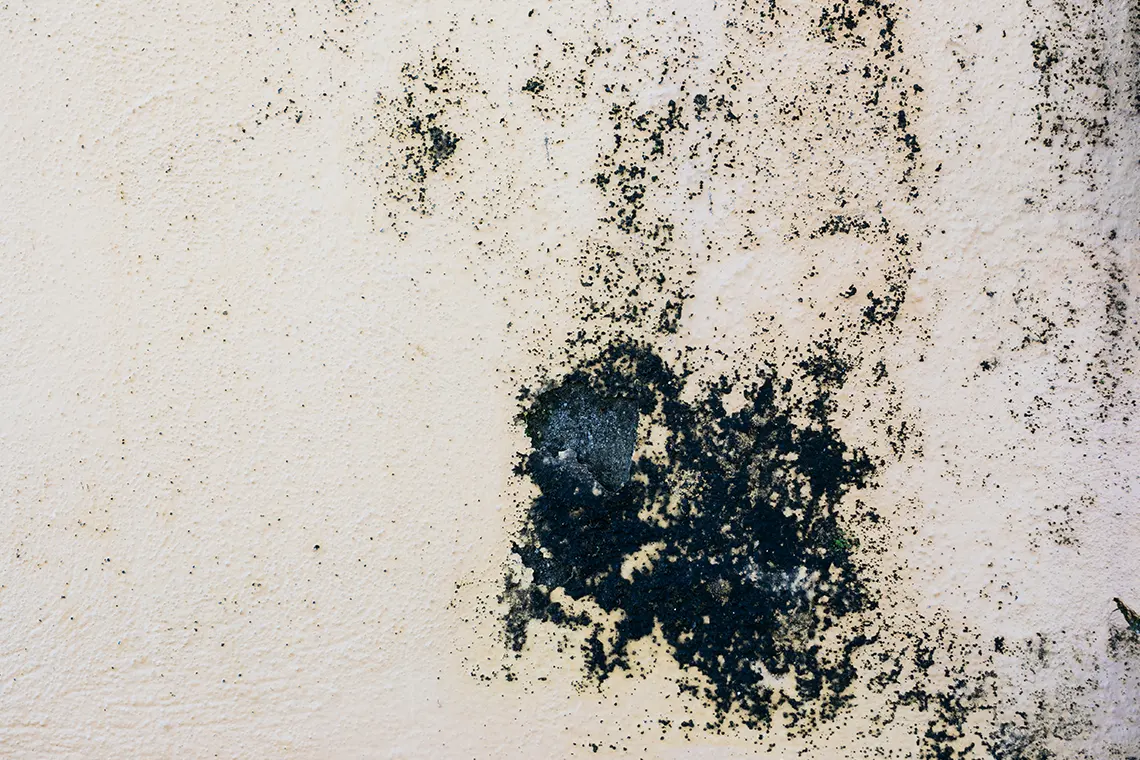Air is our most basic need. Without air, we only survive few minutes. Is the quality of air we breath in important? Well, the answer depends on how much you care about your or your family’s health!
Surprisingly, there are thousands of different contaminants in a house or an office that can affect your physical or mental health! Mold spores, formaldehyde, carbon monoxide and Radon are very few examples of these contaminants. Non of these are visible nor they have any odor. Some of the indoor air contaminants at high levels are lethal or may cause serious health issues such as cancer. At lower concentrations, however, the same contaminants may cause some symptoms such as fatigue, eye and nose irritation, headache, weakness, dizziness, nausea or vomiting, shortness of breath, confusion, blurred vision and loss of consciousness or ability to concentrate.
If you feel any of these symptoms and you or your doctor cannot find any specific reason, you may have an issue with the air quality in your house or workplace.
1.Invisible pollution in the air
It is often difficult to assess the air’s quality with the naked eye. The air is made up of 99% oxygen and nitrogen, but it also contains thousands of very fine particles, some of which can have a severe impact on your health. Among the different sources of air pollution, we identify three categories: physical pollutants such as dust and fine particles, biological pollutants such as mold or pollen and chemical pollutants such as nitrogen dioxides and oxides, sulfur dioxide, metal dusts such as lead, gases such as butane or ethanol or these hydrocarbons that can come from the combustion of fuels or wood.
All these pollutants are present in the outside air, but also inside your apartments, houses, and offices. For example, some materials like PVC are poorly resistant to heat and when exposed to the sun, it releases tiny particles into the atmosphere that end up in our respiratory system.
2.Impact of air pollutants on health
Not all these pollutants are visible and usually have no particular odor. They are difficult to detect without specific devices. On the other hand, the impact on our health can be immediate. Fatigue, red eyes, difficulty breathing, feeling tight, nasal irritation, headache, dizziness. Staying too long in enclosed spaces where the air is polluted can also have difficulty concentrating or functioning normally. At higher doses, exposure to pollutants in the air can cause cancer or other serious diseases.
3.The importance of testing air quality
If you notice one or more of these symptoms, it is urgent to consult your doctor to assess the risks to your health. Sometimes, your doctor won’t find anything special as diseases related to air pollutants are not easily identifiable. It is then essential to call on specialists to test the indoor air quality. Ventilating the room regularly is a good practice, but it is not enough to drive away all pollutants. Plus, you can’t open the window all the time, especially in winter!
It is best to test the indoor air quality by using HOMA Inspection services to identify the different pollutants present in the air in your space. The CIE certified experts (American Council for Accredited Certification Council-certified Indoor Environmentalist) of our team will then be able to establish a diagnosis and identify the sources of pollution present in your home or office. Then, they can advocate effective and simple arrangements to improve air quality and prevent pollution.
HOMA inspection can help you assess the indoor air quality at your home or office. Contact us now for a free consultation.


